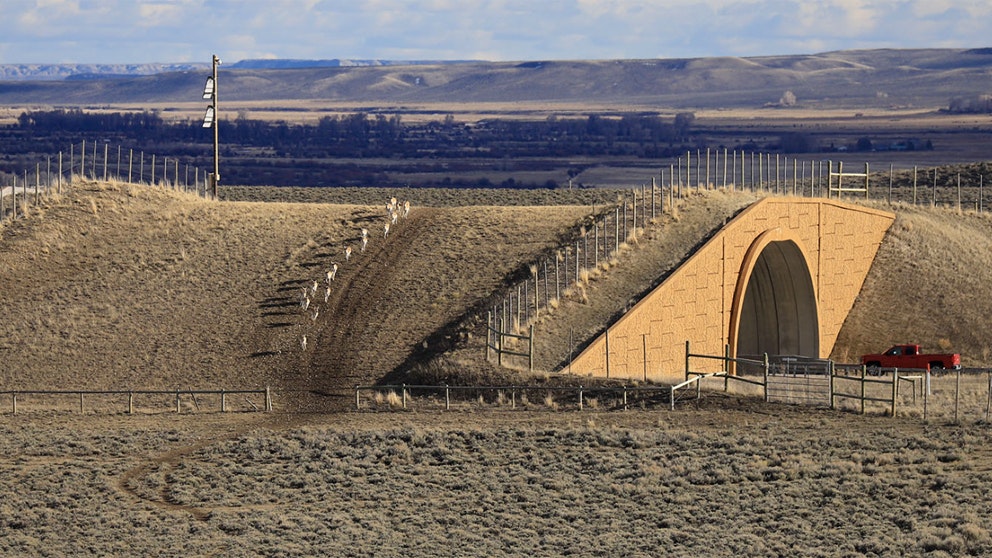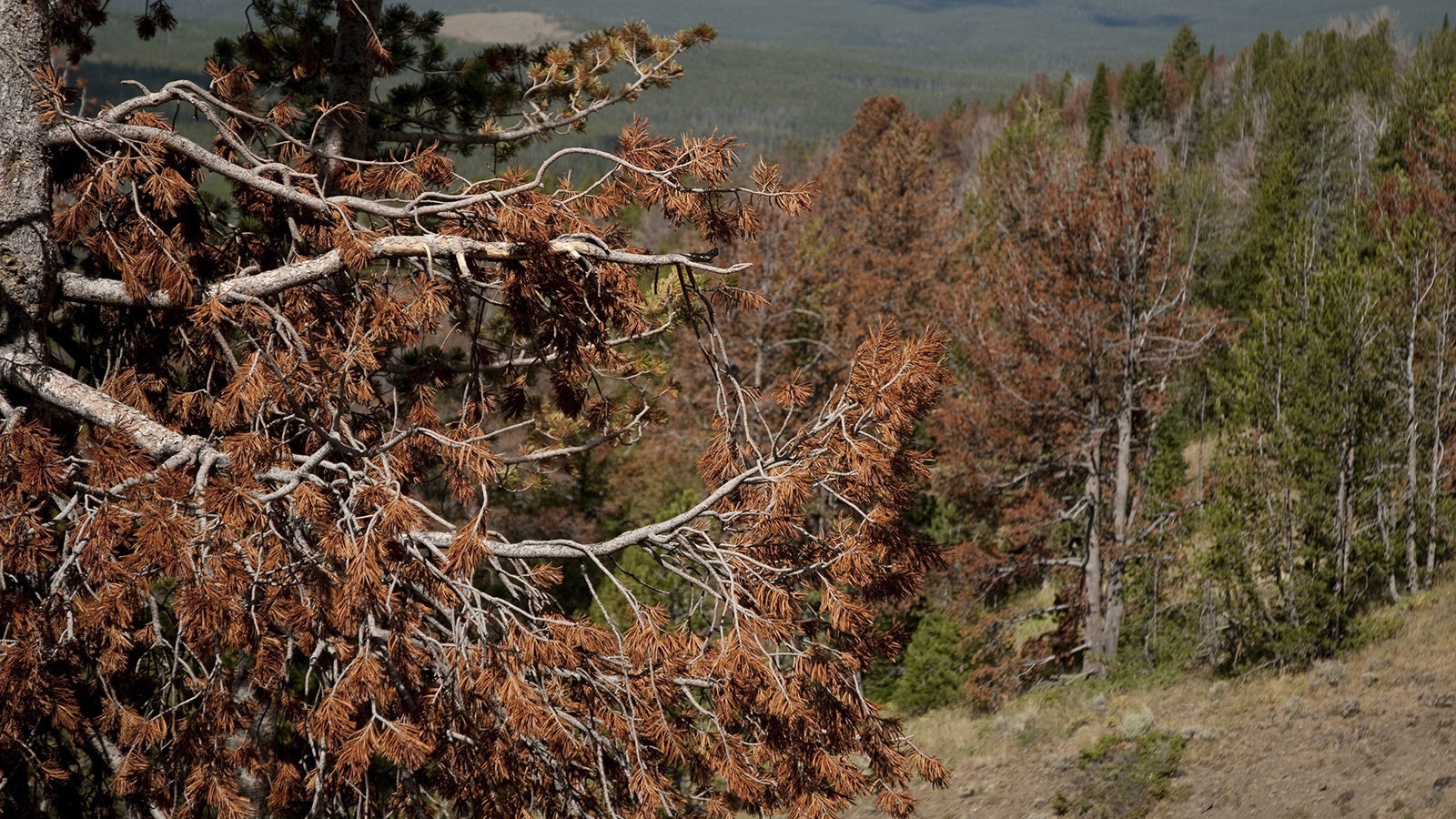Despite some misgivings about how the 30×30 global conservation program might affect Wyoming, it could help pay for wildlife highway crossings in the Cowboy State, a conservationist told legislators.
With matching federal funds, as much as $21 million could become available for mule deer migration programs here, Bob Budd told members of the Legislature’s Select Federal Natural Resources Funding Committee on Friday. Budd is executive director of the Wyoming Wildlife and Natural Resource Trust.
Some of that money could go toward wildlife highway crossings in three critical areas, he said.
Those proposals include an overpass for wildlife at Halleck Ridge on Interstate 80 near Elk Mountain and improved fencing and a wildlife underpass along U.S. Highway 189 near Kemmerer. There’s also improved wildlife fencing, three underpasses and an overpass along U.S. Highway 287 near Dubois.
Some work has been started near Dubois, but official start dates haven’t been set for the other projects.
‘We’ve Been Working For Decades’
The 30×30 project has an ambitious vision of setting aside for conservation 30% of the world’s wildlands by 2030. It hinges heavily upon protecting wildlife migration corridors around the globe.
President Joe Biden’s administration signed on to the program and, “it was rolled out with considerable fanfare” roughly a year ago, Budd said.
However, Wyoming is already way ahead of the curve on such conservation efforts, he said.
With cooperation between the state, federal wildlife agencies, county commissions and others, “This is the kind of thing we’ve been working on for decades,” he said.
While there’s been concern that 30×30 could result in excessive governmental meddling with private property in Wyoming, that shouldn’t be a problem here, Budd said.
“This needs to be a voluntary, landowner-driven effort,” he said.
Landowners in conservation corridor areas could voluntarily agree to keep their property free of such things as housing development, but could still continue using it for raising livestock and crops or similar activity, Budd said.
“We don’t want to give up working lands,” he said.
Committee co-chair Rep. Donald Burkhart Jr., R-Rawlins, agreed that Wyoming shouldn’t have to change its approach if its conservation efforts are already working.
“We need to take credit where credit is due, and sometimes I don’t think we do that for ourselves,” he said.
Mule Deer Are The Key
Mule deer migration routes in three key areas in Wyoming could tie into funding for the wildlife highway crossings, Budd said. Those include the Platte Valley, the Little Snake River area in Sublette County and the Absaroka mountain range front near Cody, Budd said.
Habitat fragmentation along migration routes has been cited as a major threat to mule deer across the West.
Mule deer also are involved in up to 85% of the roughly 6,000 yearly wildlife collisions along Wyoming’s highways, according to the Wyoming Game and Fish department.
However, conservation efforts here don’t have to come with too many federal caveats thanks in large parts to the efforts of Gov. Mark Gordon, who set clear boundaries for Wyoming’s participation in 30×30, Budd said.
The biggest challenge will be the red tape and slow pace involved with drumming up matching federal funds, he said.
“It’s will be messy, because you’re working with the federal government and different agencies,” he told the committee.





